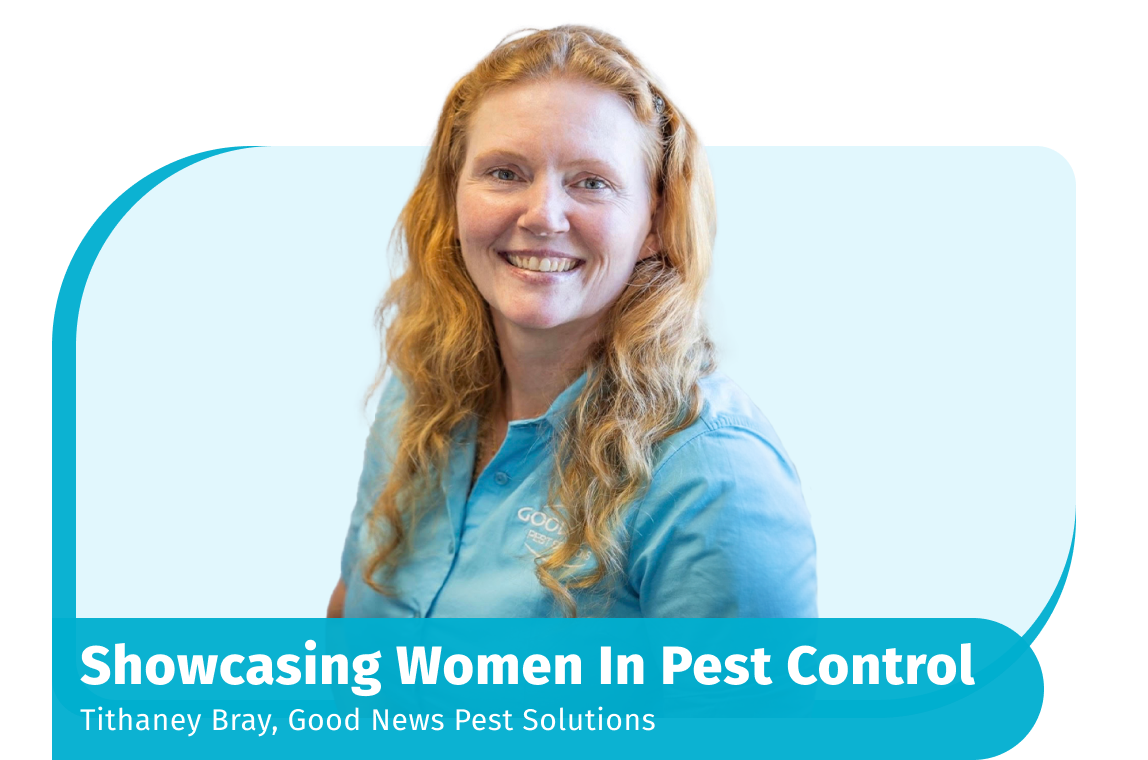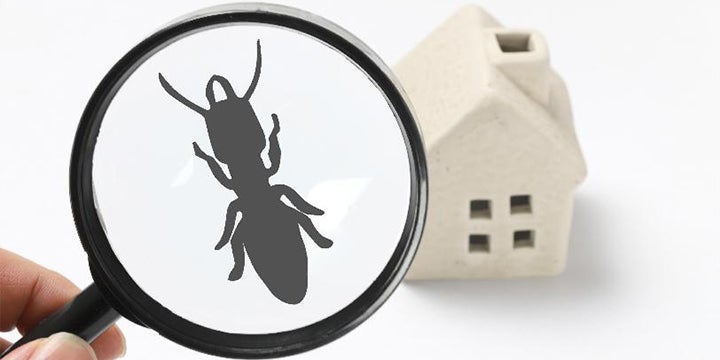How to Increase Business Revenue: Build a Better Budget

If the word budget is one that strikes fear and anxiety in you, it doesn't need to.
Perhaps it's time to re-frame the way you think about how your pest control business looks at and spends money. In actuality, a budget is merely a plan based on your pest control company's size and your growth goals. When it comes to finances, ignorance is not bliss. Money affects so many areas of your pest control business, from the ability to hire to the ability to invest in new equipment to even the morale of your whole organization. The truth is that building a better budget for your business may be the key to freedom and empowerment when it comes to knowing how much money you have and how to spend it strategically. The following are some actionable steps that you can take to build a budget that grows your business and increases your revenue.
Know Your Income
If you don't know how much money you have, it's pretty difficult to put together a budget. Begin by making a list of all of your income streams. Within each of those streams, calculate your revenue, the money coming into your pest control business before expenses are deducted. Take note that revenue is different than profit, what is left after expenses are paid. After tracking your income over several months, you will notice that it likely isn't the same every month. This is the beginning of seeing trends in your finances.
Make Strategic Growth Goals
When it comes to increasing revenue, an essential component is actually bringing in more money. This requires planning with strategic growth goals. There are generally three business tenets in which to establish growth:
1. Increasing Revenue: A focus on introducing or selling new products or upgrading current services
2. Acquiring Subscriptions: Recurring services aimed at selling more year-round services to both business and/or residential owners
3. New Clients and Contracts: Generating new clients regardless of services needed
Count the Costs
There are three major cost categories when it comes to your pest control business. The first is fixed costs. These include things that don't change from month to month, such as rent, payroll, taxes, insurance, etc. Variable expenses are the ones that can vary based on how much you utilize them. An example of this would be your utilities. The third is a type of variable expense called discretionary expenses. These are expenses that you can adjust up or down depending on whether you have enough financial means in a month to cover them.
Market to Increase Revenue
Making your pest control business, and in turn, the products and services it offers known is crucial to growing your revenue. However, it costs money. The saying goes that it takes money to make money. This statement is true, but it also takes knowing how much money it takes to make money.
In fact, data indicates that if you designate less than 5% of your revenue to your marketing budget, your company will not grow. The growth, and therefore the revenue, is actually in proportion to how much you're willing to invest.
Designating 5%-7% of your revenue for your marketing budget allows your business to keep up with attrition and provides for a slight increase in revenue.
Revenue growth of 10%-20% requires at least 8%-10% of your budget invested in marketing.
If you desire revenue growth of 20% or more, you will likely need to invest 15% or more of your money toward your marketing budget.
You can see that a more considerable investment in your marketing budget can lead to a more significant increase in revenue. But your marketing budget must also be smartly invested in order for growth and increased revenue to materialize. A successful marketing campaign will likely consist of a combination of varying formats such as:
A professional website
Targeted content
Search Engine Optimization (SEO) helping your site to show up higher in Google rankings
Local SEO to establish a strong local presence
Pay-Per-Click (PPC)
Customer Relationship Management (CRM)
Analytics
Create a Margin
One of the most dangerous things you can do as a business owner is to allow your pest control business to teeter on the very edge. You can avoid this by creating a margin. Instead of feeling powerless and watching your business funds fall to zero, have a contingency fund for when unexpected costs arrive. This allows you to maintain control without fear of going into unplanned debt.
Do Your Basic Math
One of the things that often frightens people about putting together a budget is dealing with the numbers. In actuality, you're merely doing addition and subtraction in a profit and loss (P&L) statement. Add all of your income for a month, followed by adding together all of the expenses. Subtract the expenses from your income, and the number you are left with tells you whether your pest control business is making a profit. Of course, you want to be on the profit side, but it is data to inform your next steps regardless of where the number falls.
Knowledge is Power
Now that you have your data from the past, you're equipped with the necessary knowledge to build an informed budget for the future. Use your P&L as your guide by looking for trends within your business and industry as a whole. How does your money flow change based on the seasons? How have certain decisions historically affected your income? The answers to these questions and others found on your P&L statement will aid you in knowledge-based decision-making that will benefit your pest control business far into the future.
You have to know your revenue to build a better budget, but you also have to build a better budget to increase your pest control company's revenue. Start building your better budget now so you can focus on your strategic growth. It is one of the best and most far-reaching steps you can take for your pest control business. Your strategic growth will yield strategic revenue.






